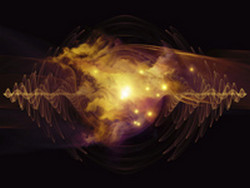Characterising plasma sources
Plasma is a distinct phase of matter along with solids, liquids and gases. It is often called ionised gas as it is made up of positively charged ions and unbound electrons. Plasma is the cornerstone of numerous technologies and devices including flat panel displays, water purification, film deposition, lighting and biomedical sterilisation. EU-funded scientists developed microplasma sources and microdischarges (microcathode sustained discharges) within the project 'Microscopic plasma sources: novel diagnostics and circuit integration' (MICROPLASMAS). Work involved extensive development of data analysis and control programs. The team established a test setup for Fourier transform infrared spectroscopy diagnostics of the developed plasma and discharge sources. They used it for evaluation of ultraviolet-visible optical spectroscopic characteristics. Work led to determination of the primary reason for failure of one of the sources and clear elucidation of reaction species in microplasma sources. It also demonstrated that radio-frequency diagnostics of microplasma sources are in fact less valuable than proposed. Success was not only technical in nature. The team made numerous presentations to university and high school students to share their enthusiasm and knowledge regarding the project topics of research. MICROPLASMAS employed novel diagnostics to the study of microplasma sources that are the foundation of many different current and planned technology applications. In addition to research results, the exchange programme enhanced the level of research at partner laboratories and provided a strong basis for continued collaboration.







